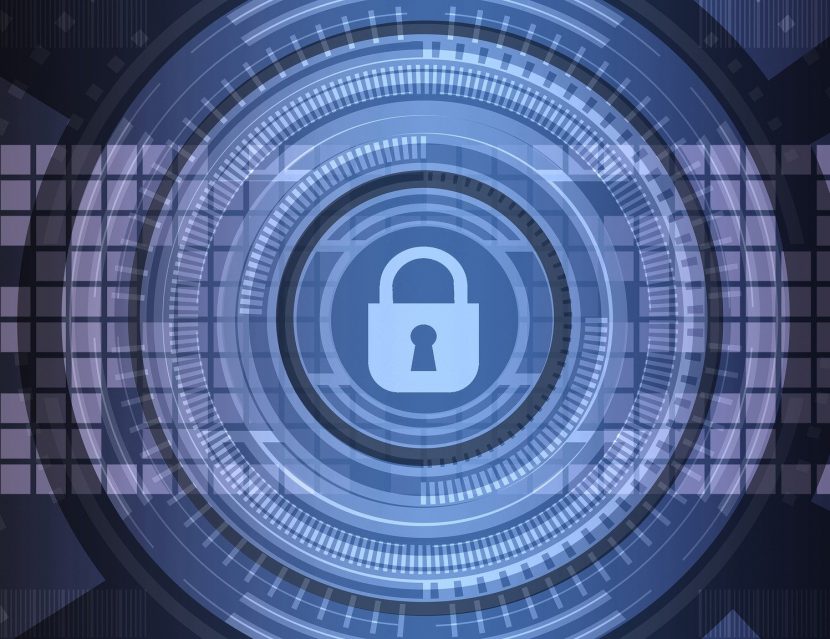electronic evidences
electronic evidences

An electronic and interconnected Justice
The modernisation of Justice is already a reality and the interconnection of bodies of the different administrations with competences to support the administration of justice represents important challenges. Significant progress


Vitoria hosts the second meeting of the State Committee for the promotion of e-Justice
On 20 January 2014, the Permanent Commission of the State Technical Committee for Electronic Judicial Administration met in Vitoria. The CTEAJE is a body that integrates the Ministry of Justice,


The Ministry of Justice advances in the implementation of the New Judicial Office in the communities without transferred competence.
The Ministry of Justice has informed the representatives of the autonomous communities that have participated in the Sectorial Conference on the progress that has been made over the last year


Justice advances in the implementation of the New Judicial Office in the Autonomous Communities it covers
The Ministry of Justice is making progress in the implementation of the New Judicial Office in the autonomous communities without transferred competence in relation to the deployment of infrastructures to


Standard UNE 71506:2013 Methodology for the forensic analysis of electronic evidence.
The recent standard 71506 has been elaborated to define the forensic analysis process within the electronic evidence management cycle, complementing all the other processes that make up the electronic evidence


Members of the General Council of the Judiciary
yer, 4 December 2013, the twenty members of the General Council of the Judiciary (CGPJ) elected by the Congress, Senate and the judicial career have sworn or promised their positions


What is the State Technical Committee for Electronic Judicial Administration? (CTEAJE)
The CTEAJE is an administrative body for cooperation between different administrations that support the administration of justice, as provided for in Article 5 of Law 30/1992, of 26 November, on


UNE 71506:2013 Electronic Evidence Management System (EEMS)
In the BOE no. 235 of 1 October 2013 is published the Resolution of 23 September 2013, which publishes the list of UNE standards approved by AENOR during the month


The Ministry of Justice launches the Permanent Commission of the CTEAJE, which will avoid duplications in the computer systems.

The Secretary General for the Administration of Justice, Joaquín Silguero, chaired the first meeting of the Permanent Commission of the State Technical Committee for Electronic Judicial Administration (CTEAJE), a newly


ISO 27037 Electronic Evidence Management Guidelines
The ISO / IEC 27037:2012 (Information technology - Security techniques - Guidelines for identification, collection, acquisition, and preservation of digital evidence) provides guidance on best practices in the identification, acquisition


UNE 197001:2011 General criteria for the preparation of reports and expert opinions.
The purpose of the UNE 197001:2011 standard is to establish the general considerations that make it possible to specify the formal requirements that expert reports and opinions must have, without


What is electronic evidence?
Electronic evidences are traces existing in computer equipment that, duly preserved, and put in relation with existing information in other computers or in the context of other evidences or proven

An electronic and interconnected Justice
The modernisation of Justice is already a reality and the interconnection of bodies of the different administrations with competences to support the administration of justice represents important challenges. Significant progress


Vitoria hosts the second meeting of the State Committee for the promotion of e-Justice
On 20 January 2014, the Permanent Commission of the State Technical Committee for Electronic Judicial Administration met in Vitoria. The CTEAJE is a body that integrates the Ministry of Justice,


The Ministry of Justice advances in the implementation of the New Judicial Office in the communities without transferred competence.
The Ministry of Justice has informed the representatives of the autonomous communities that have participated in the Sectorial Conference on the progress that has been made over the last year


Justice advances in the implementation of the New Judicial Office in the Autonomous Communities it covers
The Ministry of Justice is making progress in the implementation of the New Judicial Office in the autonomous communities without transferred competence in relation to the deployment of infrastructures to


Standard UNE 71506:2013 Methodology for the forensic analysis of electronic evidence.
The recent standard 71506 has been elaborated to define the forensic analysis process within the electronic evidence management cycle, complementing all the other processes that make up the electronic evidence


Members of the General Council of the Judiciary
yer, 4 December 2013, the twenty members of the General Council of the Judiciary (CGPJ) elected by the Congress, Senate and the judicial career have sworn or promised their positions


What is the State Technical Committee for Electronic Judicial Administration? (CTEAJE)
The CTEAJE is an administrative body for cooperation between different administrations that support the administration of justice, as provided for in Article 5 of Law 30/1992, of 26 November, on


UNE 71506:2013 Electronic Evidence Management System (EEMS)
In the BOE no. 235 of 1 October 2013 is published the Resolution of 23 September 2013, which publishes the list of UNE standards approved by AENOR during the month


The Ministry of Justice launches the Permanent Commission of the CTEAJE, which will avoid duplications in the computer systems.

The Secretary General for the Administration of Justice, Joaquín Silguero, chaired the first meeting of the Permanent Commission of the State Technical Committee for Electronic Judicial Administration (CTEAJE), a newly


ISO 27037 Electronic Evidence Management Guidelines
The ISO / IEC 27037:2012 (Information technology - Security techniques - Guidelines for identification, collection, acquisition, and preservation of digital evidence) provides guidance on best practices in the identification, acquisition


UNE 197001:2011 General criteria for the preparation of reports and expert opinions.
The purpose of the UNE 197001:2011 standard is to establish the general considerations that make it possible to specify the formal requirements that expert reports and opinions must have, without


What is electronic evidence?
Electronic evidences are traces existing in computer equipment that, duly preserved, and put in relation with existing information in other computers or in the context of other evidences or proven

An electronic and interconnected Justice
The modernisation of Justice is already a reality and the interconnection of bodies of the different administrations with competences to support the administration of justice represents important challenges. Significant progress


Vitoria hosts the second meeting of the State Committee for the promotion of e-Justice
On 20 January 2014, the Permanent Commission of the State Technical Committee for Electronic Judicial Administration met in Vitoria. The CTEAJE is a body that integrates the Ministry of Justice,


The Ministry of Justice advances in the implementation of the New Judicial Office in the communities without transferred competence.
The Ministry of Justice has informed the representatives of the autonomous communities that have participated in the Sectorial Conference on the progress that has been made over the last year


Justice advances in the implementation of the New Judicial Office in the Autonomous Communities it covers
The Ministry of Justice is making progress in the implementation of the New Judicial Office in the autonomous communities without transferred competence in relation to the deployment of infrastructures to


Standard UNE 71506:2013 Methodology for the forensic analysis of electronic evidence.
The recent standard 71506 has been elaborated to define the forensic analysis process within the electronic evidence management cycle, complementing all the other processes that make up the electronic evidence


Members of the General Council of the Judiciary
yer, 4 December 2013, the twenty members of the General Council of the Judiciary (CGPJ) elected by the Congress, Senate and the judicial career have sworn or promised their positions


What is the State Technical Committee for Electronic Judicial Administration? (CTEAJE)
The CTEAJE is an administrative body for cooperation between different administrations that support the administration of justice, as provided for in Article 5 of Law 30/1992, of 26 November, on


UNE 71506:2013 Electronic Evidence Management System (EEMS)
In the BOE no. 235 of 1 October 2013 is published the Resolution of 23 September 2013, which publishes the list of UNE standards approved by AENOR during the month


The Ministry of Justice launches the Permanent Commission of the CTEAJE, which will avoid duplications in the computer systems.
The Secretary General for the Administration of Justice, Joaquín Silguero, chaired the first meeting of the Permanent Commission of the State Technical Committee for Electronic Judicial Administration (CTEAJE), a newly


ISO 27037 Electronic Evidence Management Guidelines
The ISO / IEC 27037:2012 (Information technology - Security techniques - Guidelines for identification, collection, acquisition, and preservation of digital evidence) provides guidance on best practices in the identification, acquisition


UNE 197001:2011 General criteria for the preparation of reports and expert opinions.
The purpose of the UNE 197001:2011 standard is to establish the general considerations that make it possible to specify the formal requirements that expert reports and opinions must have, without


What is electronic evidence?
Electronic evidences are traces existing in computer equipment that, duly preserved, and put in relation with existing information in other computers or in the context of other evidences or proven
